Sourav Pan
Transcript
Genotype versus Phenotype. What do these terms mean and how are they related?
Genotype refers to the genetic makeup or DNA sequence of an organism. It’s the genetic instructions that determine traits.
Phenotype, on the other hand, refers to the observable characteristics or traits that result from the expression of those genes.
Let’s understand this with a simple example of eye color.
The genes that code for eye color represent the genotype. Different gene variants determine whether a person will have brown or blue eyes.
The actual eye color we observe—whether brown or blue—is the phenotype, the physical expression of those genes.
Interestingly, different genotypes can sometimes produce the same phenotype.
For example, in flowers, different genetic combinations can produce the same red color through entirely different biochemical pathways.
Conversely, the same genotype can produce different phenotypes under different environmental conditions.
For instance, Himalayan rabbits have a temperature-sensitive gene. In warm environments, they develop white fur all over their bodies.
But in cooler environments, the same genetic code produces dark fur on their extremities like ears, nose, and feet—all with the identical genetic code.
In summary, genotype and phenotype have a complex relationship. While the genotype provides the genetic blueprint, the phenotype—what we actually observe—is influenced by both the genetic code and environmental factors.
Labrador retrievers provide a classic example of how multiple genes can influence a single trait.
Labradors come in three main coat colors: black, chocolate, and yellow. These colors are determined by two different genes.
The first gene is the B gene, which determines whether the pigment produced is black or brown. The dominant B allele produces black pigment, while the recessive b allele produces brown.
The second gene is the E gene, which controls whether pigment is expressed at all. The dominant E allele allows pigment expression, while the recessive e allele prevents pigment expression, resulting in a yellow coat.
When we combine these genes, we can understand how different genotypes produce the three coat colors.
Dogs with at least one dominant B allele and at least one dominant E allele will have black coats.
Dogs with two recessive b alleles but at least one dominant E allele will have chocolate coats.
And any dog with two recessive e alleles will have a yellow coat, regardless of their B gene status.
Let’s look at how these two genes interact to produce a single phenotypic trait.
The B gene determines the pigment color, while the E gene controls whether that pigment is expressed. Together they determine the final coat color.
In summary, the interplay between the B gene and the E gene demonstrates how multiple genes can work together to influence a single phenotypic trait.
This example illustrates an important principle in genetics: phenotypes are often the result of interactions between multiple genes, not just a single gene acting alone.
Medical Applications of Phenotype Analysis
Doctors rely on observable symptoms, which are phenotypes, to diagnose medical conditions. These physical manifestations provide crucial diagnostic clues.
Genetic testing allows us to connect specific genotypes to disease phenotypes. For example, testing can identify mutations in genes like BRCA1 that increase breast cancer risk.
Personalized medicine tailors treatment to individuals based on their unique phenotypic variations. This approach recognizes that patients with the same disease may respond differently to treatments due to their genetic makeup.
Pharmacogenomics studies how genetic differences affect drug responses. For example, variations in the CYP2D6 enzyme gene create different metabolizer phenotypes, affecting how patients process certain medications.
This genetic information allows clinicians to optimize drug selection and dosing, avoiding adverse effects and treatment failures. This application of phenotype analysis is transforming clinical practice.
Study Materials
No study materials available for this video.
Helpful: 0%
Related Videos

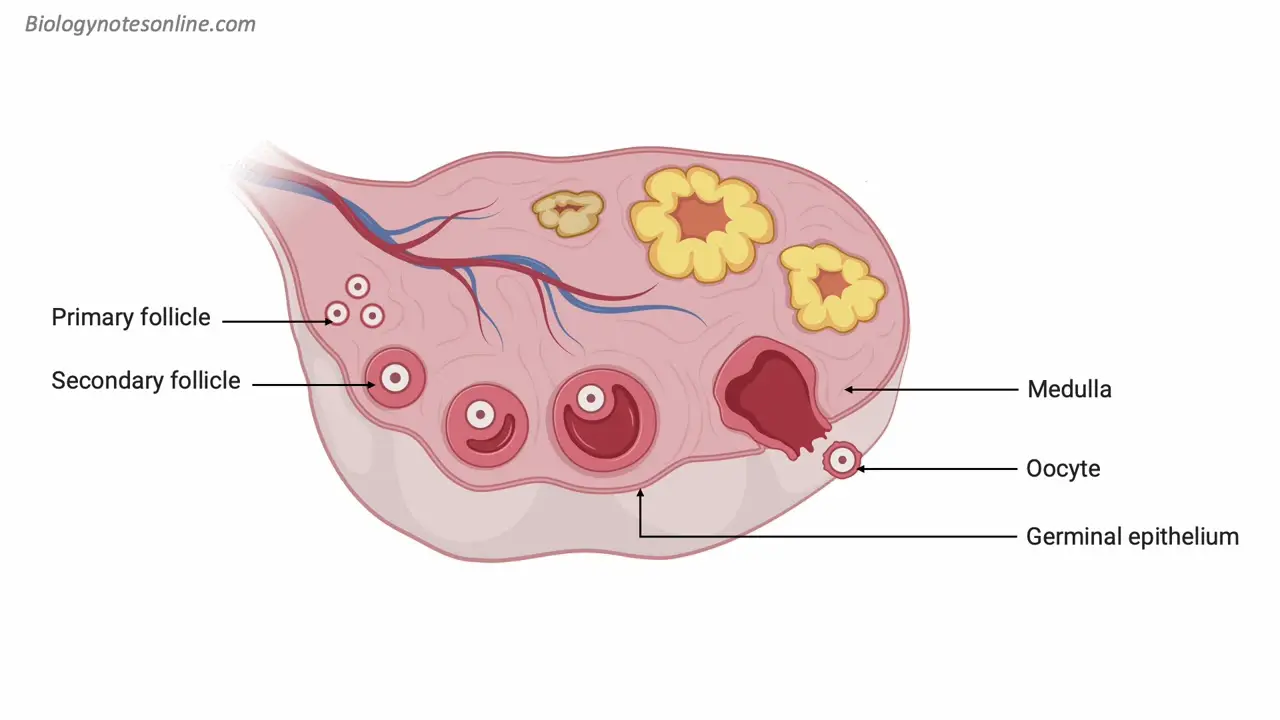
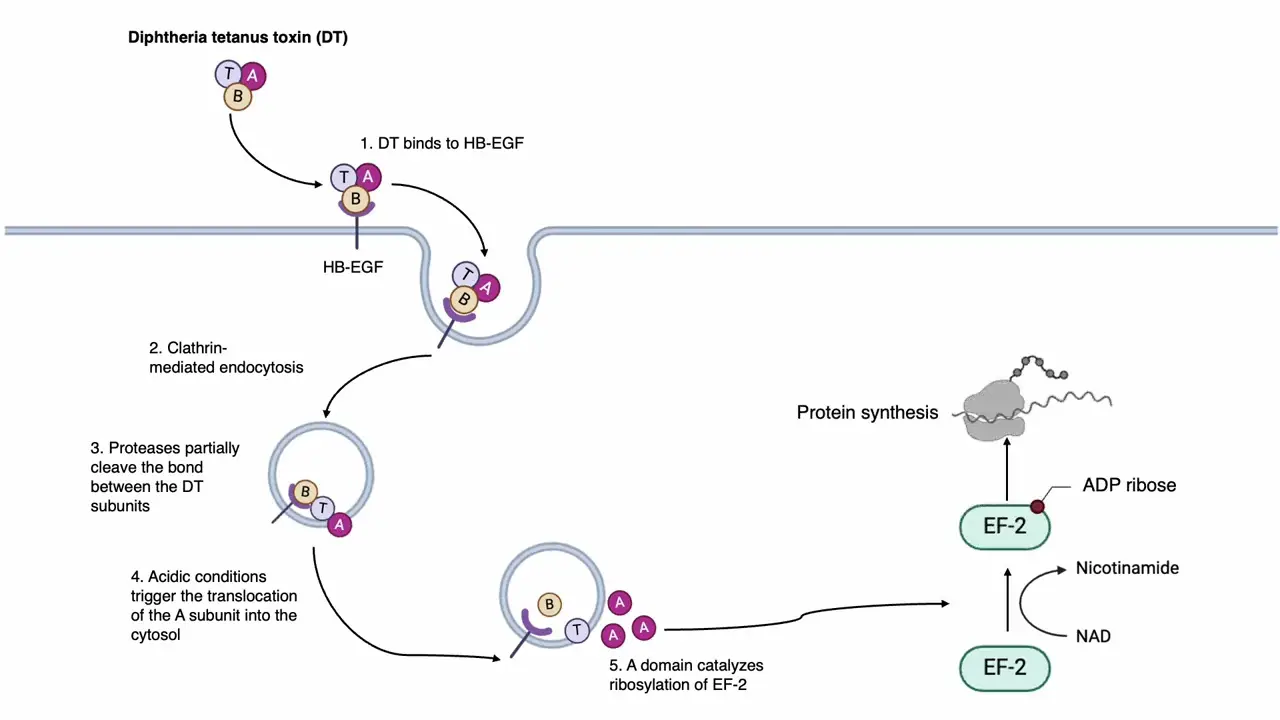
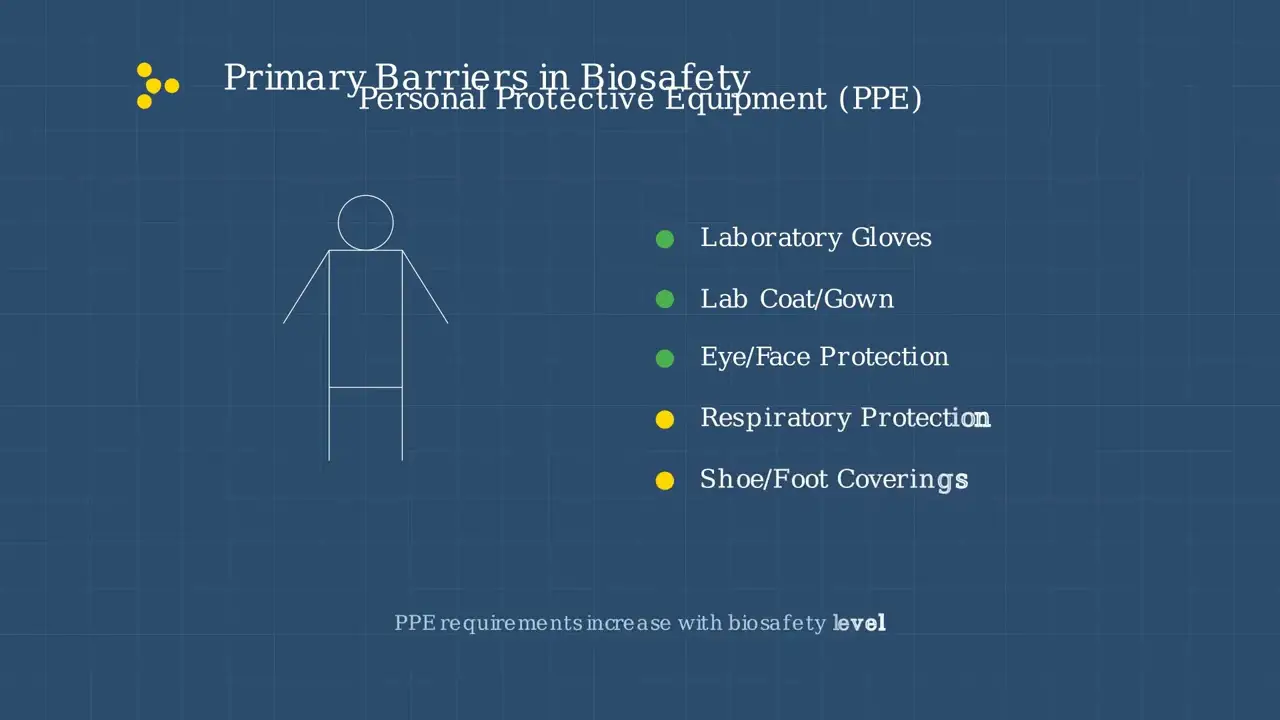
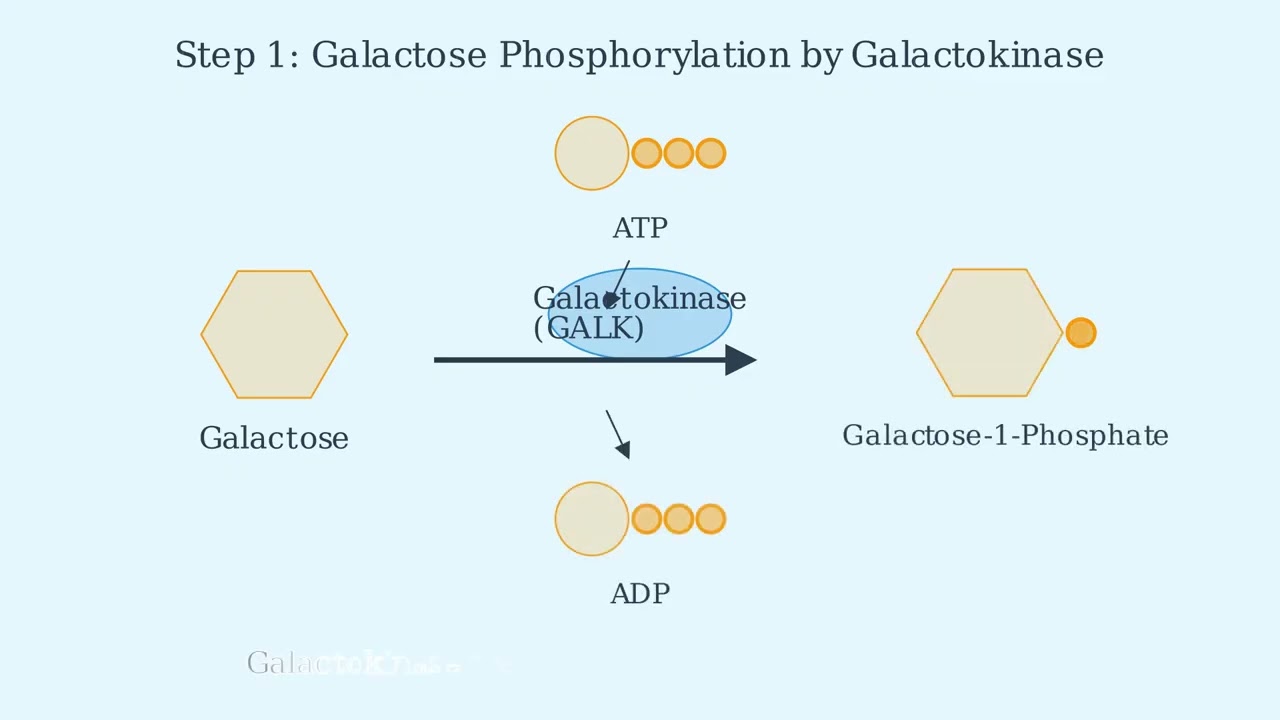

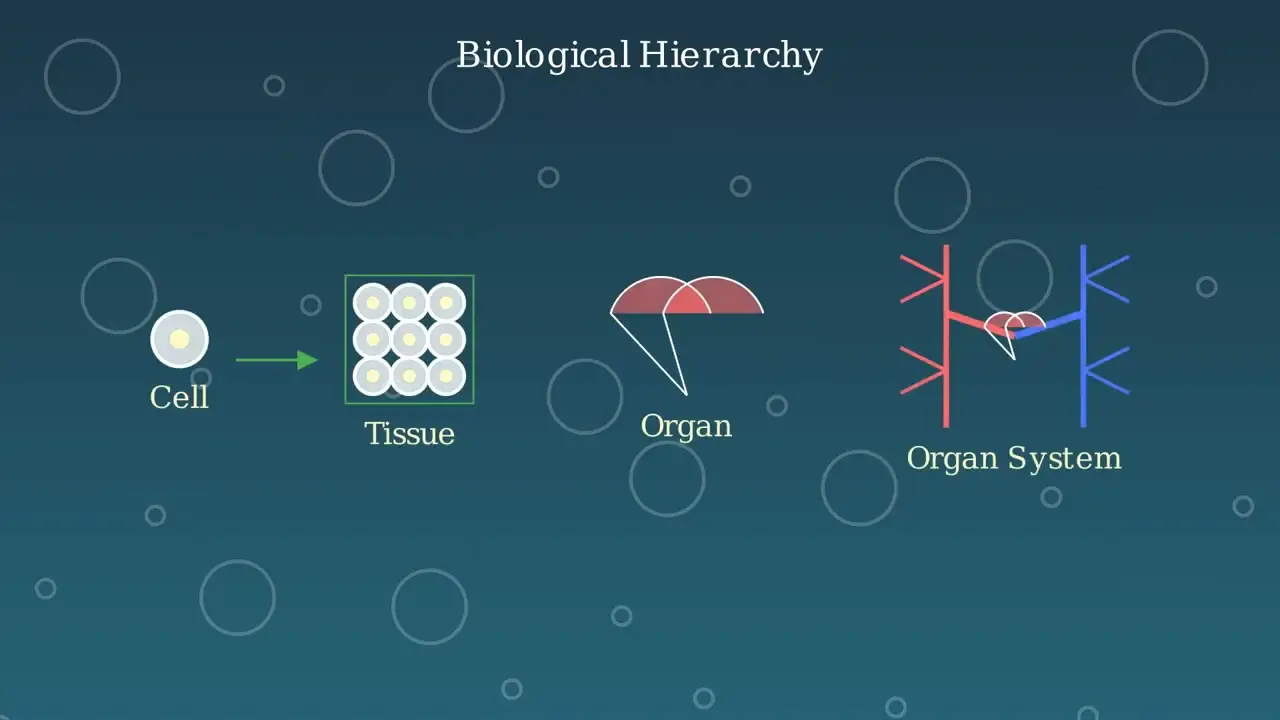
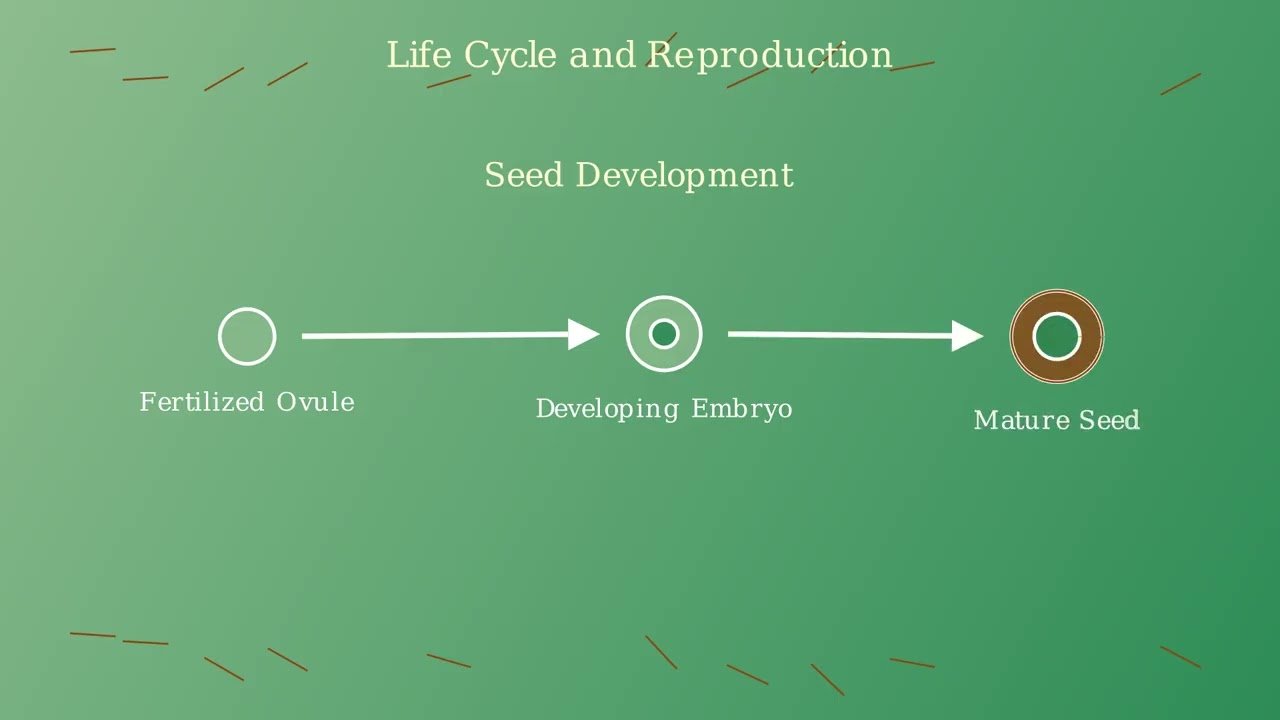
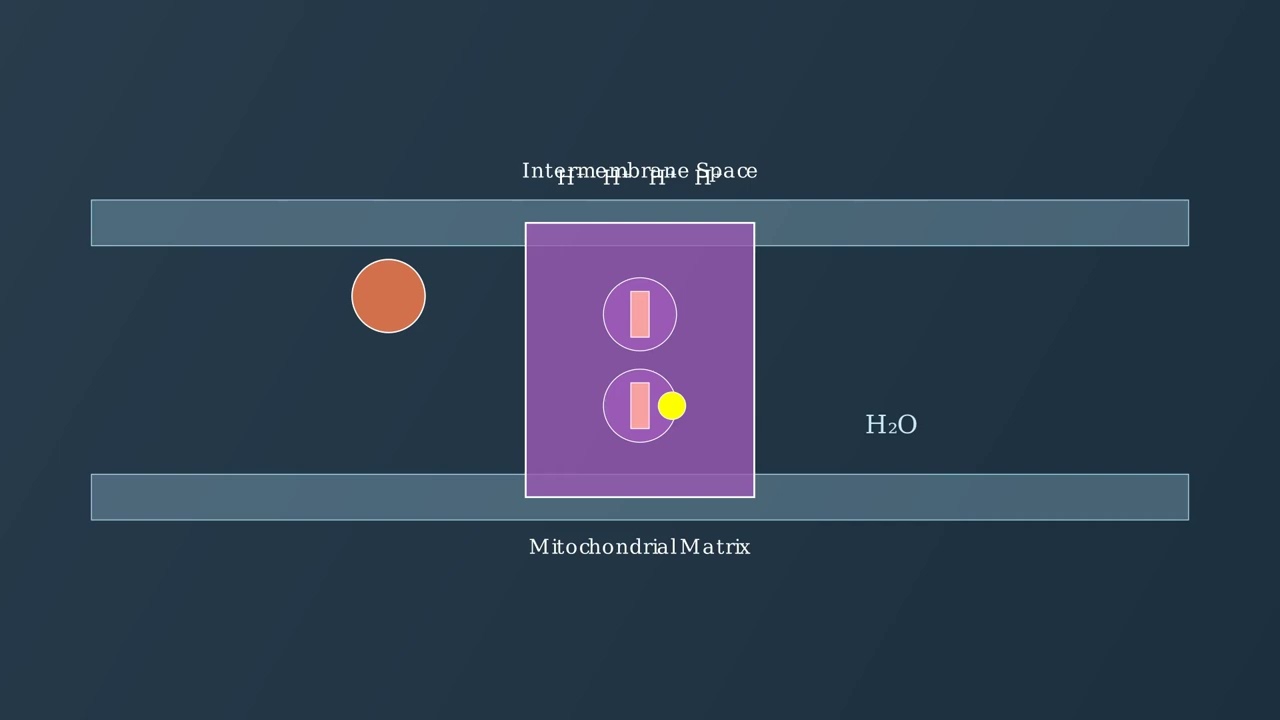
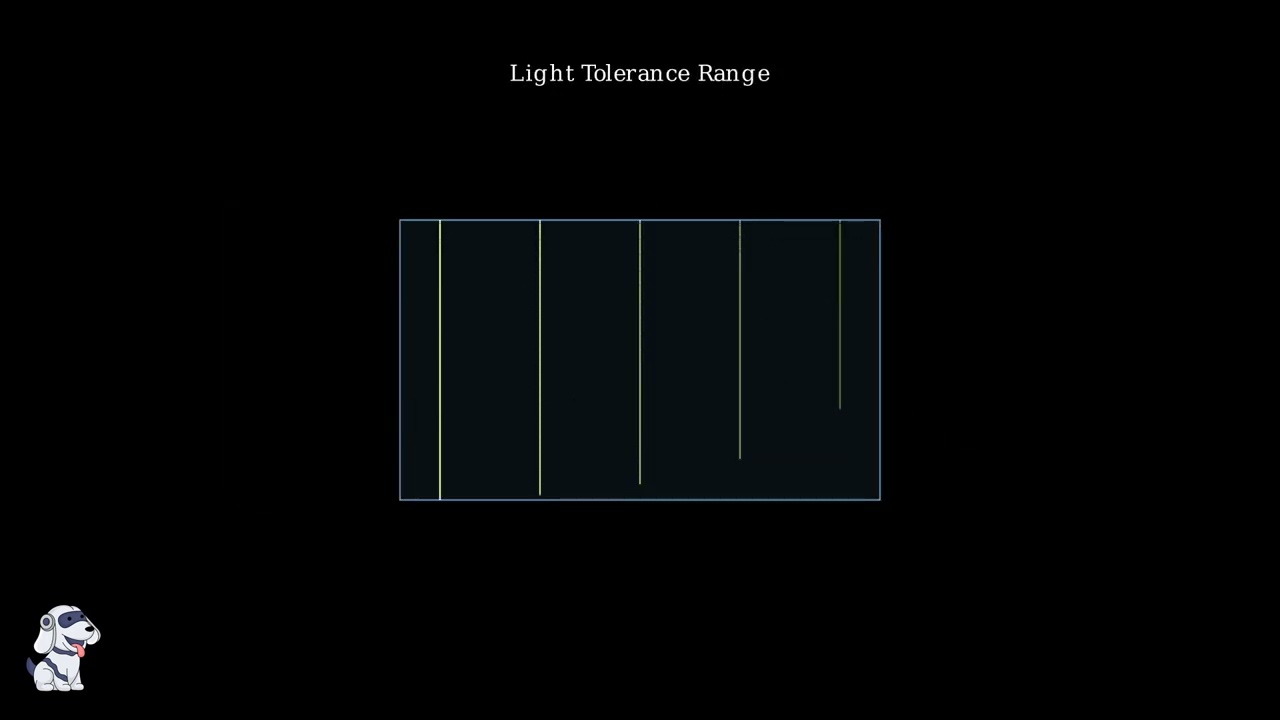
- Text Highlighting: Select any text in the post content to highlight it
- Text Annotation: Select text and add comments with annotations
- Comment Management: Edit or delete your own comments
- Highlight Management: Remove your own highlights
How to use: Simply select any text in the post content above, and you'll see annotation options. Login here or create an account to get started.